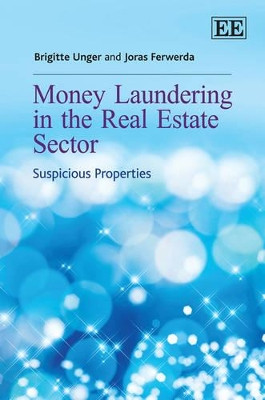Description
During a three-year study the authors analyzed the policies in-depth by traveling to 27 Member States to interview over a hundred people involved in the fight against money laundering. The analysis includes an inquiry into the national supervisory architectures, a comparison of the definitions of money laundering used in practice, a breakdown of the role of Financial Intelligence Units and a cost-benefit analysis of anti-money laundering policy.
Skillfully assessing the economic and legal effectiveness of anti-money laundering efforts in the EU, this comprehensive study will appeal to students, scholars and practitioners working in economics, banking, finance and law.
Contents: 1. Introduction and Operationalization 2. Threat of Money Laundering 3. Harmonization of Substantive Norms in Preventative AML 4. Implementing International Conventions and the Third EU Directive 5. Supervisory Architectures in the Preventive AML Policy 6. Definitions of Money Laundering in Practice 7. FIU's in the European Union - Facts and Figures, Functions and Facilities 8. Information Flows and Repressive Enforcement 9. International Cooperation 10. Collection of Statistics 11. Effectiveness: Threat and Corresponding Policy Response 12. Cost Benefit Analysis 13. Summary and Conclusions
About the Author
Brigitte Unger, Utrecht University School of Economics, the Netherlands and former Director, Institute of Economic and Social Research WSI in Dusseldorf, Germany, Joras Ferwerda, Assistant Professor, Utrecht University School of Economics, the Netherlands, Melissa van den Broek, PhD Candidate, Utrecht University School of Law, the Netherlands and Ioana Deleanu, PhD Candidate, Utrecht University School of Economics, the Netherlands
Book Information
ISBN 9781783472765
Author Brigitte Unger
Format Hardback
Page Count 264
Imprint Edward Elgar Publishing Ltd
Publisher Edward Elgar Publishing Ltd







